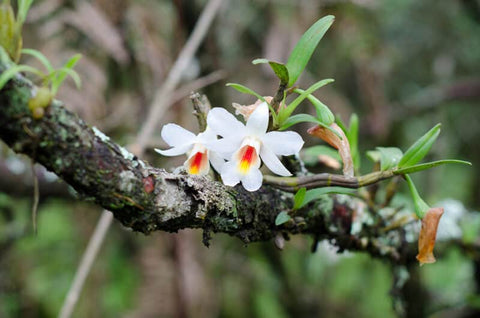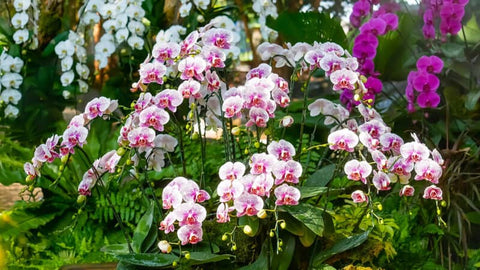Planting Orchids: A Beginner's Guide to Orchid Care
Orchids are perhaps some of the most renowned flowers worldwide, surrounded by myths about how challenging they are to grow. While they possess a unique allure, the reality is that many orchid varieties are not as difficult to cultivate as commonly believed.

Understanding Orchids
Most orchids are found in tropical regions like Asia, South America, and Central America. However, with the exception of the Arctic and Antarctic, orchids grow on every continent.
Orchids can be divided into two main groups:
Epiphytic orchids grow in the air. In the wild, these orchids thrive on trees. They absorb water and nutrients from the air and decaying forest debris.
Terrestrial orchids, as the name suggests, grow in soil.
Varieties of Orchids
With approximately 30,000 species of orchids and over 200,000 hybrid varieties, selecting the right orchid can feel overwhelming for beginners. However, with the correct choice, success is highly achievable.
For beginners, it's advisable to start with orchid varieties that are well-suited to their level of experience. While exploring other varieties is encouraged, especially those native to your region, starting with beginner-friendly options is ideal.
Some beginner-friendly orchid varieties include:
Paphiopedilum: Known as lady's slipper or slipper orchid, this variety is easy to grow and often available in supermarkets and farmer's markets. It produces long-lasting blooms in various colors.
Cymbidium: Also known as boat orchids, they produce large blooms and are less demanding compared to other varieties. Native to Asia, they can tolerate colder temperatures and are suitable for outdoor cultivation in temperate regions.
Phalaenopsis: Commonly known as moth orchids, these orchids are popular among beginners and come in many colors. Despite their delicate appearance, they are robust and thrive indoors with warmth, humidity, and regular feeding.
Oncidium: These orchids, also known as dancing orchids, are reasonably easy to grow and feature swaying flowers reminiscent of dancers. They require five to eight hours of sunlight daily.
Brassavola: Ideal for beginners interested in mounted orchids, this variety is highly fragrant and can also be grown in containers. It's relatively drought-resistant compared to other varieties.
Expanding Outdoors
For beginners, I recommend starting with indoor potted orchids until they become familiar with orchid cultivation complexities. However, outdoor cultivation is possible, particularly in USDA hardiness zones 6 to 9. If temperatures drop below 40ºF, bring the plants indoors. Nonetheless, outdoor cultivation often poses challenges for beginners.
Remember, orchids require dappled sunlight, humidity above 40%, and most varieties need ample watering.
Indoor Orchid Cultivation

Due to my living conditions, I cultivate all my orchids indoors. Extreme summer heat or winter cold makes outdoor growth impractical.
Typically, orchids purchased from retailers or growers come in transparent plastic pots with plenty of drainage holes to ensure adequate airflow and drainage. These pots can then be placed in decorative containers.
